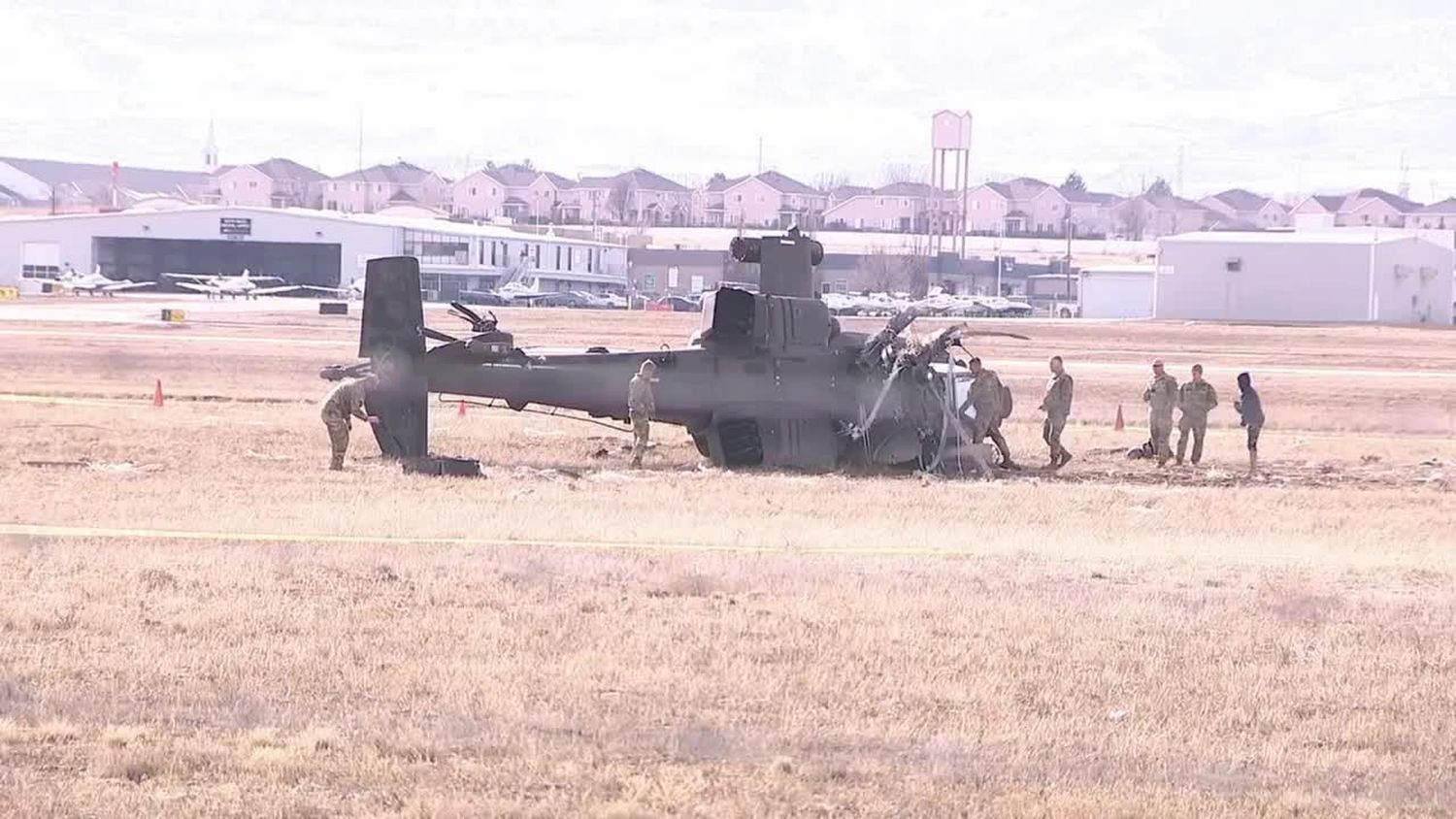Unqualified F-35 pilot and poor decisions blamed for the AH-64D Apache crash in Utah
On February 12th, an AH-64D Apache helicopter belonging to the Utah National Guard (a component of the U.S. Army) crashed during an «orientation flight.» The accident occurred while the Apache was under the control of an F-35 fighter pilot who was not qualified to fly it.
The investigation report, obtained by FOX 13 News through a public records request, points to an Air Force Reserve colonel, an F-35 pilot who was receiving an orientation flight to demonstrate the capabilities of the Apache attack helicopter, as the primary cause of the accident. Prior to the flight, the colonel’s previous experience with the Apache consisted of approximately 35 minutes in a simulator.
?? USA ▪️ Utah National Guard AH-64 helicopter crashed in West Jordan, Utah. Two people were injured (2/12)
?? США ▪️ Військовий гелікоптер розбився в Юті. Постраждало двоє людей
?? USA ▪️ Militärhubschrauber ist in Utah abgestürzt. Zwei wurden verletzt pic.twitter.com/9k8ivHuIg2
— Breaking News ?️ (@AEagle98704) February 13, 2024
Very different aircrafts
The helicopter flight lasted 90 minutes. According to the investigation report, the problems began when the colonel, lacking the minimum required experience, attempted to land the helicopter at West Jordan Airport.
The colonel struggled to maintain control of the helicopter three times, necessitating the intervention of the chief warrant officer accompanying him on three separate occasions. On the fourth attempt, the accident occurred. Investigators indicated that the colonel panicked and reverted to his fixed-wing training, applying a descending movement, an inappropriate maneuver for a rotary-wing aircraft. The Apache rotated and fell to the ground from a height of about three meters before the chief warrant officer could regain control of the controls.
The chief warrant officer suffered minor injuries, while the colonel sustained more serious, but non-fatal, injuries that required surgery and rehabilitation services.
Although orientation flights are common, in the case of the Utah accident, investigators determined that the chief warrant officer’s overconfidence was a determining factor. This attitude led to poor flight control management, evidenced primarily by the inappropriate choice of altitude to relinquish control to an unqualified individual. The altitude at which the helicopter was flying, combined with the colonel’s error, left little margin for reaction to correct the situation in time.
Non-compliance with procedures and leadership failures
The report further highlighted deficiencies in the chain of command, noting failures to adhere to standard operating procedures. This incident echoed a similar 2022 crash involving Utah National Guard helicopters. Investigators recommended a comprehensive review of Apache orientation flights and procedures, with a focus on improving communication and adherence to standards to prevent future accidents.


Para comentar, debés estar registradoPor favor, iniciá sesión